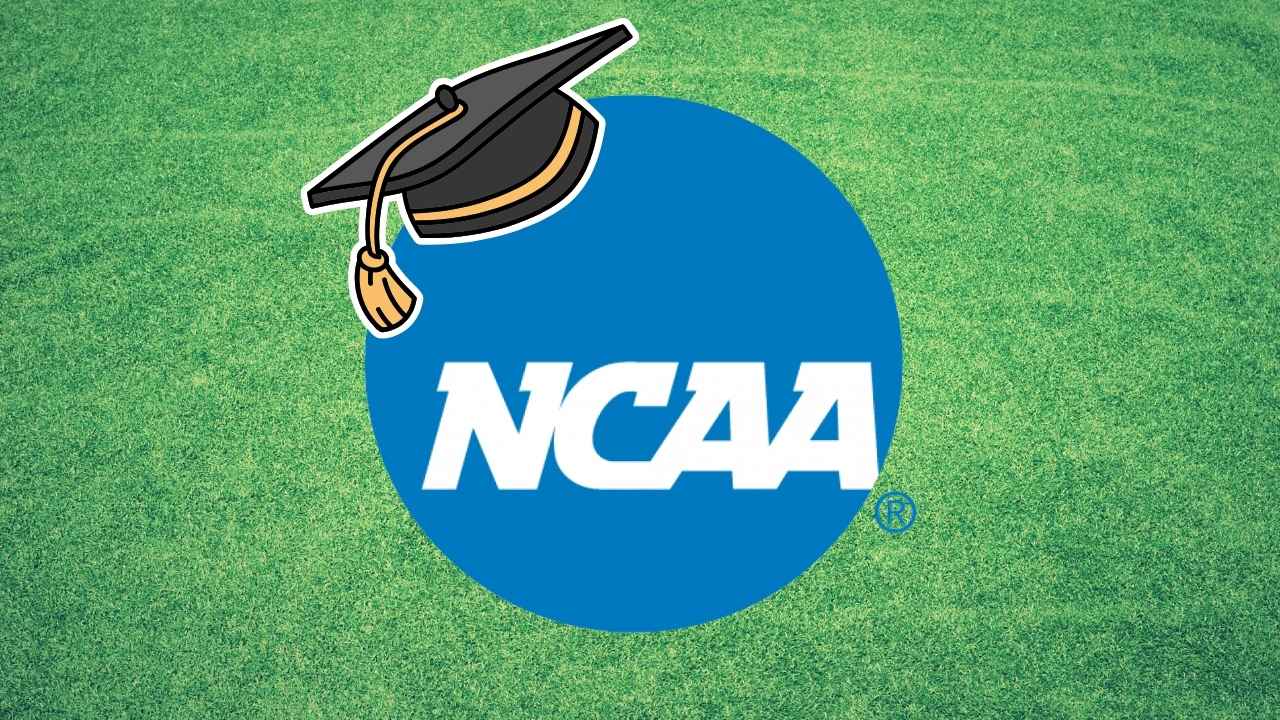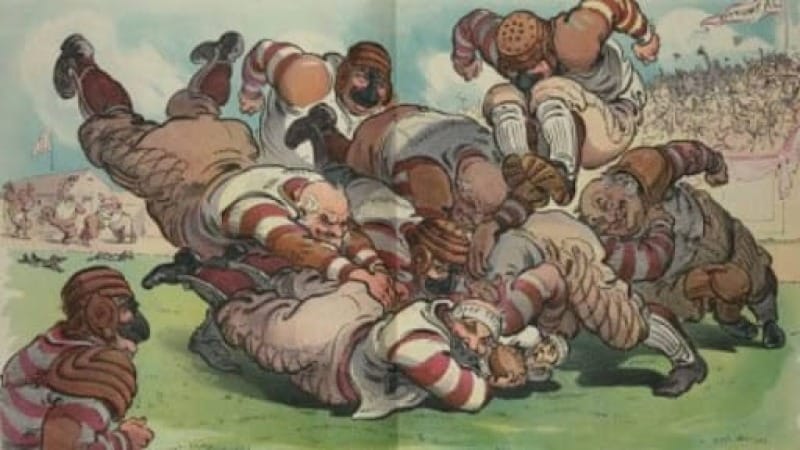📰🏟️ Graduation day?
How the NCAA’s eligibility rules could change…

Good evening. After polling some of our most-avid readers, we’ve decided to implement a new, deep-dive format and start sending the newsletter at a different time. Let us know what you think!
—Peter & Kyle
Ready, Set, Go: Today’s newsletter takes ~2.46 minutes to read (655 words).
Did someone forward you this email? Subscribe here for free.
The NCAA could soon graduate to a new eligibility model

Fetch the NCAA’s lawyers some throat lozenges—they must be hoarse from constantly yelling “I object.” Eastern Michigan offensive lineman Blake Bustard, whom the NCAA deemed ineligible for this upcoming season, beat the organization in court last week to earn another year of playing time, marking the latest legal defeat for the NCAA in cases revolving around its eligibility rules.
- In December, Vanderbilt QB Diego Pavia received a preliminary injunction allowing him to play in the 2025 season, despite technically being out of NCAA eligibility due to his junior college playing time. Pavia argued counting JUCO time towards NCAA eligibility is a violation of antitrust law that was unfairly limiting his ability to make money from his name, image, and likeness.
- Similarly, in the case of Rutgers safety Jett Elad, a federal court in New Jersey in April found the NCAA's Five-Year Rule likely violates antitrust laws by preventing a student-athlete from competing due to prior play at a junior college.
- Southern Miss basketball player John Wade III, who the NCAA also deemed ineligible to play, was granted immediate eligibility in December after bringing a lawsuit against the four-letter org whose name rhymes with Sean McVay.
While the legal scorecard is mixed, experts predict the decisions in these cases will reverberate around college sports, potentially upending the NCAA’s current “four-in-five” eligibility model.
Where did four-in-five come from?
The NCAA was first established in 1906 to regulate college football, after the sport produced 25 deaths and 168 serious injuries the previous year. The NCAA was soon granted the power to set regulations around amateurism and eligibility, then used that power to tie the opportunity to compete in college athletics to the completion of an undergrad degree.

In its early days, the NCAA’s eligibility rules for varsity sports took the form of a “three-in-four” model—meaning players have four years to complete three seasons—after the first-ever redshirt waiver was granted in 1937, allowing for an extra year of eligibility if a player sits out one year.
Why only three seasons? The NCAA believed younger athletes weren’t physically ready for the next level, which for decades meant that freshman couldn’t participate in college sports
- However, in 1972, the organization finally approved freshmen eligibility for all sports, giving way to the current four-in-five model that typically limits DI athletes’ careers to four seasons across five years.
Now a new system is now being tossed around
Under the four-in-five model, athletes who already used their redshirt for a fifth year can sometimes apply for even more years of eligibility due to various reasons, most notably season-ending injuries.
But that would all change under a proposed five-in-five model, which is currently under consideration by the NCAA’s DII Management Council, and has also been put forth as an idea for DI athletics.
- Under this version, student athletes could play five full seasons of competition over a five-year span—but they can’t receive any waivers, redshirts, or other extensions of their eligibility after those five years.
- Proponents of the plan frame it as a way to end subjective decisions around athletes’ NCAA eligibility that often end up in court.
But…The five-in-five idea may not solve all of the NCAA’s eligibility issues. Many college sports leaders, including SEC commissioner Greg Sankey and ACC commissioner Jim Phillips, have questioned whether five-in-five would actually stop schools from seeking waivers or redshirts, and whether it would harm high school seniors due to less roster turnover.
Though all of this could not up end mattering much
The upending of eligibility rules could itself get upended, should the power conferences decide to go scorched-Earth and secede from the NCAA—a proposition increasingly being floated ($) to commissioners.
Regardless: The rules surrounding college sports are more up in the air than a Shohei Ohtani pop-up, as the recent House v. NCAA settlement still leaves many questions unanswered—like where do NIL collectives fit in?
🔥 IN PARTNERSHIP WITH PRIZEPICKS
Watch sports, make picks, get paid—available in 40+ states

PrizePicks operates in 40+ states, including California, Texas, and Georgia, letting you get real-money action on your favorite sports and players.
- 📱 Pick & Play: Just pick MORE or LESS on a few player stat projections
- 🥳 Enjoy the action and win up to 2,000x your cash
- 💰 Use code PRESS50 to get $50 INSTANTLY in Lineups when you play your first $5


